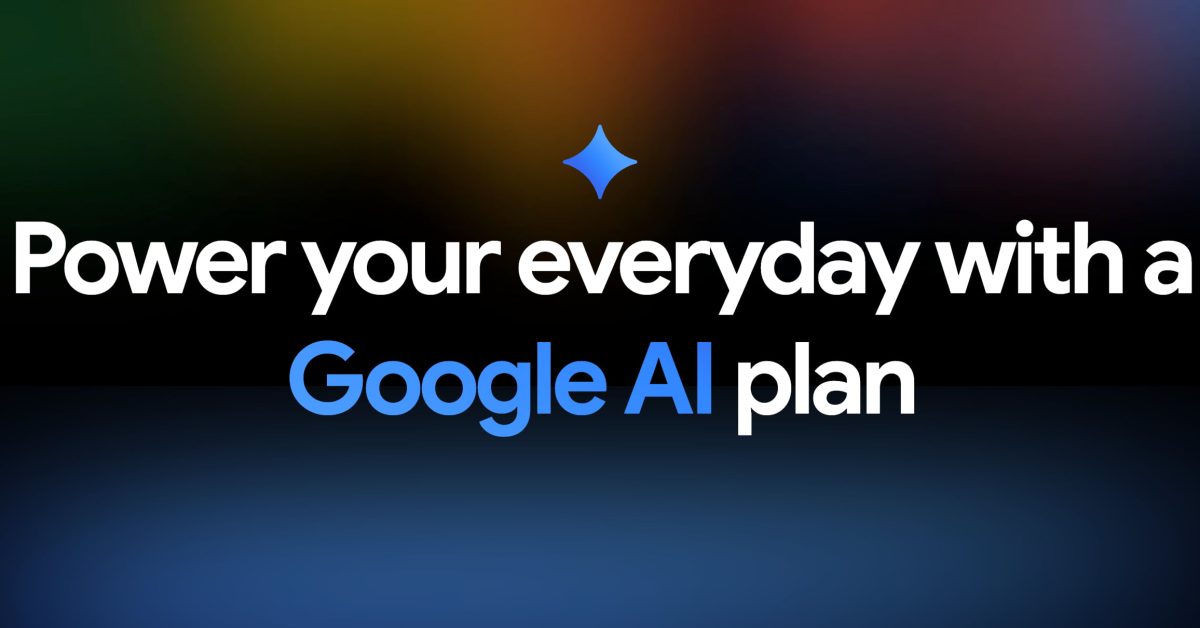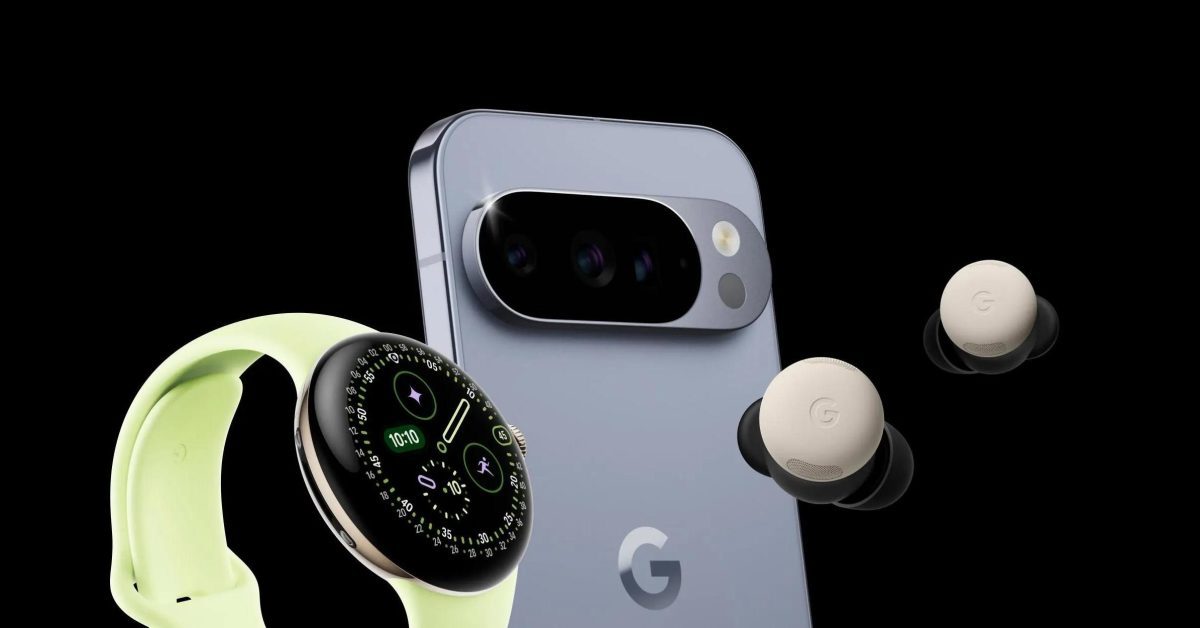
google redesigns menus for material 3 expressive Google has announced a significant redesign of menus as part of its ongoing efforts to enhance the Material 3 Expressive design language.
google redesigns menus for material 3 expressive
Overview of Material 3 Expressive
Material 3 Expressive is the latest iteration of Google’s design system, which emphasizes a more personalized and adaptable user experience. Launched initially in 2021, Material 3 aims to provide developers with tools to create interfaces that are not only functional but also visually appealing and user-centric. This design language allows for greater flexibility in UI components, enabling them to adapt to various contexts and user preferences.
The redesign of menus is a crucial step in this evolution, as menus are fundamental elements in any application or website. They serve as navigational aids, helping users access different functionalities and content. By updating these components, Google aims to enhance usability and aesthetic appeal, ensuring that they align with the overall goals of Material 3 Expressive.
Key Features of the Redesigned Menus
The redesigned menus introduce several key features that reflect the principles of Material 3 Expressive:
- Mind the Gap: One of the most notable changes is the emphasis on spacing and layout. The new design encourages developers to pay attention to the gaps between menu items, which helps improve readability and accessibility. This principle aims to create a more comfortable browsing experience, allowing users to navigate menus with ease.
- Dynamic Color Schemes: The updated menus support dynamic color schemes that adapt based on user preferences and environmental factors. This feature allows menus to blend seamlessly with the overall theme of the application, enhancing visual coherence.
- Enhanced Touch Targets: Touch targets have been increased in size, making it easier for users to select menu items, particularly on mobile devices. This change is particularly important given the growing reliance on touch interfaces in modern computing.
- Customizable Styles: Developers now have more options to customize the appearance of menus. This flexibility allows for a more personalized user experience, enabling brands to maintain their unique identity while adhering to Material 3 principles.
Implications for Developers
The redesign of menus under Material 3 Expressive presents both opportunities and challenges for developers. On one hand, the new design guidelines provide a clearer framework for creating user-friendly interfaces. On the other hand, developers will need to invest time and resources to adapt existing applications to the new standards.
Opportunities
With the introduction of the redesigned menus, developers can take advantage of several opportunities:
- Improved User Engagement: By implementing the new menu designs, developers can create more engaging user experiences. The focus on spacing and readability can lead to higher user satisfaction and retention rates.
- Brand Differentiation: The customizable styles allow brands to differentiate themselves in a crowded market. Developers can create unique menu designs that reflect their brand identity while still adhering to Material 3 guidelines.
- Accessibility Enhancements: The increased touch target sizes and improved spacing contribute to better accessibility. This is particularly important for users with disabilities, ensuring that applications are usable by a wider audience.
Challenges
Despite the advantages, developers may face challenges when transitioning to the new menu designs:
- Learning Curve: Familiarizing themselves with the new design principles and guidelines may require additional training and resources for developers.
- Time Investment: Updating existing applications to incorporate the new menu designs may be time-consuming, potentially delaying other development projects.
- Compatibility Issues: Ensuring that the new menus work seamlessly across different devices and platforms may pose technical challenges, particularly for legacy systems.
Stakeholder Reactions
The redesign of menus has elicited a range of reactions from stakeholders in the tech community, including developers, designers, and users.
Developers’ Perspectives
Many developers have expressed enthusiasm about the new design guidelines. The emphasis on usability and accessibility aligns with current trends in software development, where user experience is paramount. However, some developers have voiced concerns about the potential learning curve and the time required to implement the changes.
Designers’ Insights
Designers have largely welcomed the redesign, viewing it as a positive step towards creating more cohesive and visually appealing interfaces. The flexibility offered by customizable styles is particularly appealing, as it allows designers to maintain brand identity while adhering to best practices in user experience.
User Feedback
User feedback has been mixed, with some users appreciating the improved readability and accessibility of the new menus, while others have expressed a desire for more customization options. As users become accustomed to the changes, it will be essential for Google to gather ongoing feedback to refine the design further.
Future Developments
As Google continues to refine Material 3 Expressive, further developments in menu design and other UI components are expected. The company has indicated that user feedback will play a critical role in shaping future iterations of the design language.
Potential Enhancements
Looking ahead, several potential enhancements could be on the horizon:
- Integration of AI: The incorporation of artificial intelligence could lead to smarter menus that adapt to user behavior and preferences, creating a more personalized experience.
- Expanded Component Library: Google may expand the library of UI components available under Material 3 Expressive, providing developers with even more tools to create engaging interfaces.
- Community Involvement: Increased collaboration with the developer community could lead to more innovative solutions and best practices being shared, further enhancing the overall quality of applications built on the Material 3 framework.
Conclusion
The redesign of menus as part of Material 3 Expressive marks a significant step forward in Google’s design philosophy. By focusing on usability, accessibility, and customization, Google is setting a new standard for user interface design. While challenges remain, the opportunities presented by the new guidelines are substantial, paving the way for more engaging and user-friendly applications. As the tech community adapts to these changes, ongoing feedback and collaboration will be essential to ensure that the evolution of Material 3 Expressive continues to meet the needs of developers and users alike.
Source: Original report
Was this helpful?
Last Modified: November 23, 2025 at 12:40 am
2 views















